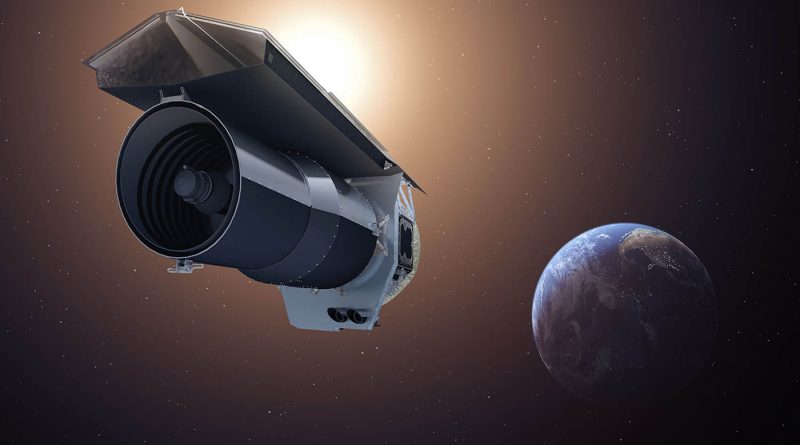NASA names the newest space telescope for pioneering female astronomer

NASA is naming its newest space telescope for pioneering astronomer Nancy Grace Roman — marking the first time in the agency’s 62-year history that one of its major, billion-dollar programs has been named for a woman.
Roman, who overcame obstacles that women faced in her male-dominated field and at NASA to become the agency’s first female executive and its first chief astronomer, is a “fitting” eponym for the project, astronomer Heidi Hammel said Wednesday. Her championing of space-based observatories gave her the nickname “Mother of Hubble.”
With the new telescope, NASA is “taking her child and making it even more powerful,” Hammel said. “It’s widening the Hubble vision.”
Until Wednesday morning, the Roman Space Telescope had been named WFIRST, for Wide Field Infrared Survey Telescope. Still under development at NASA’s Goddard Spaceflight Center in Greenbelt, Md., the telescope, identical in scale to the Hubble Space Telescope, will study dark matter, dark energy, distant planets and the evolution of the universe. Its launch target is the mid-2020s.
In a statement released by the agency, former Maryland senator Barbara A. Mikulski (D), a champion of both the Hubble and now the Roman, said the decision is fitting as the nation celebrates the 100th anniversary of women’s suffrage: “It recognizes the incredible achievements of women in science and moves us even closer to no more hidden figures and no more hidden galaxies.”
Roman, who died in December 2018 at 93, joined NASA just months after its founding. She had a doctorate in astronomy, earned nearly a decade earlier at the University of Chicago.
“I was told from the beginning that women could not be scientists,” she said in an interview late in life.
Julie McEnery, deputy project scientist for the new telescope, said Roman was “somebody I really admired, and it makes me excited and proud to be associated with a mission that’s named after her. This is something that I’m going to enjoy day after day after day as the mission continues.”
As NASA’s first chief astronomer, Roman oversaw the creation of its earliest orbiting observatories. “Looking through the atmosphere is like looking through a piece of old stained glass,” she wrote in the Annual Review of Astronomy and Astrophysics. She knew an observatory in the sky would allow scientists to see objects farther and fainter than they ever had before.
In the 1970s, Roman set up a steering group for what would become the Hubble telescope. She spent untold hours writing testimony for Congress and convincing budget offices of the project’s importance. With its 7.9-foot mirror and $4.5 billion sticker price, the Hubble was far bigger and more costly than any space telescope ever launched. Skeptics wondered whether such an instrument was possible — and even if it was, would it be worth the cost?
“You simply had to be solid in your vision and persistent, and [Roman] had those qualities,” Hammel said.
read more at: washingtonpost

